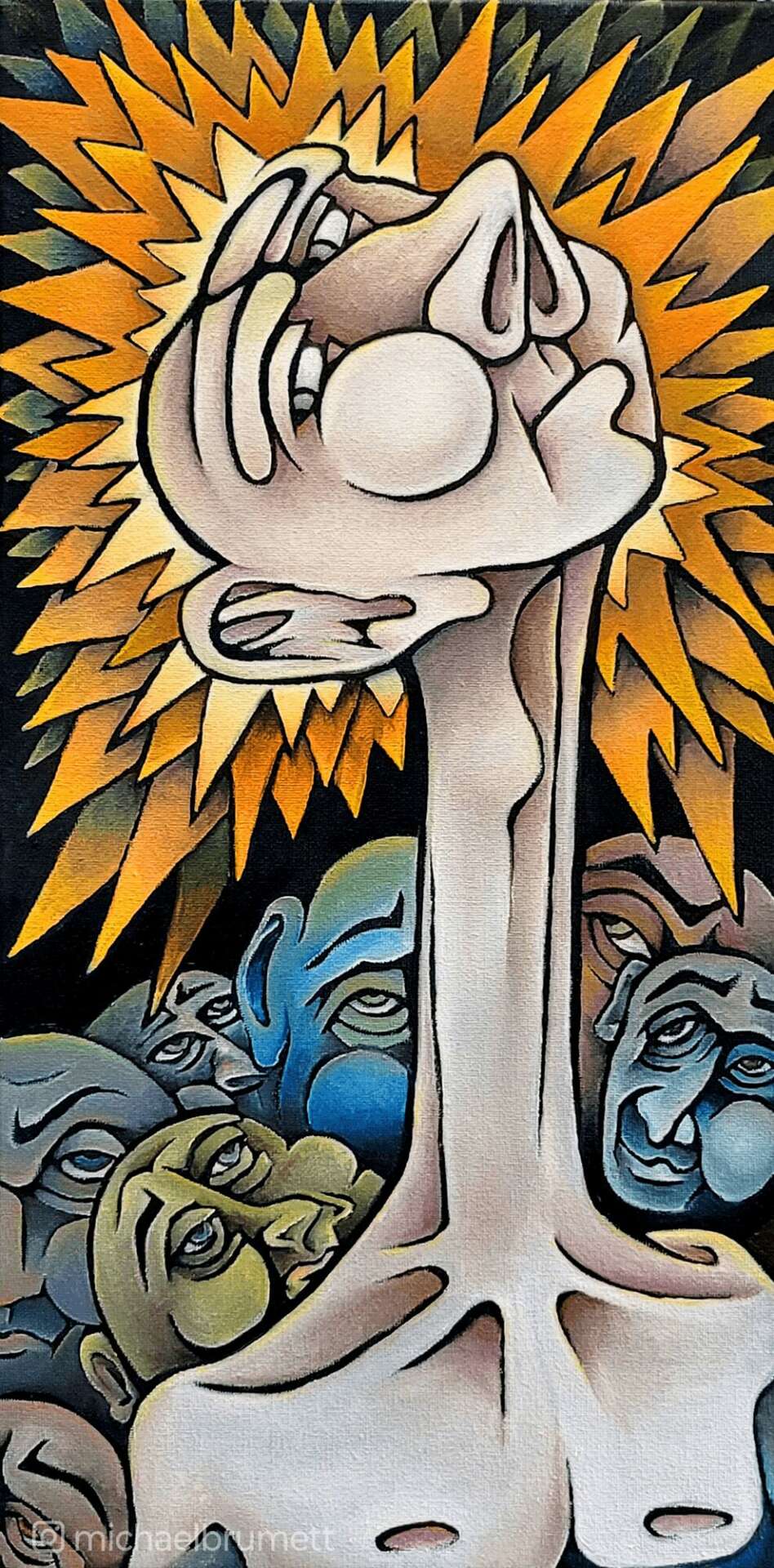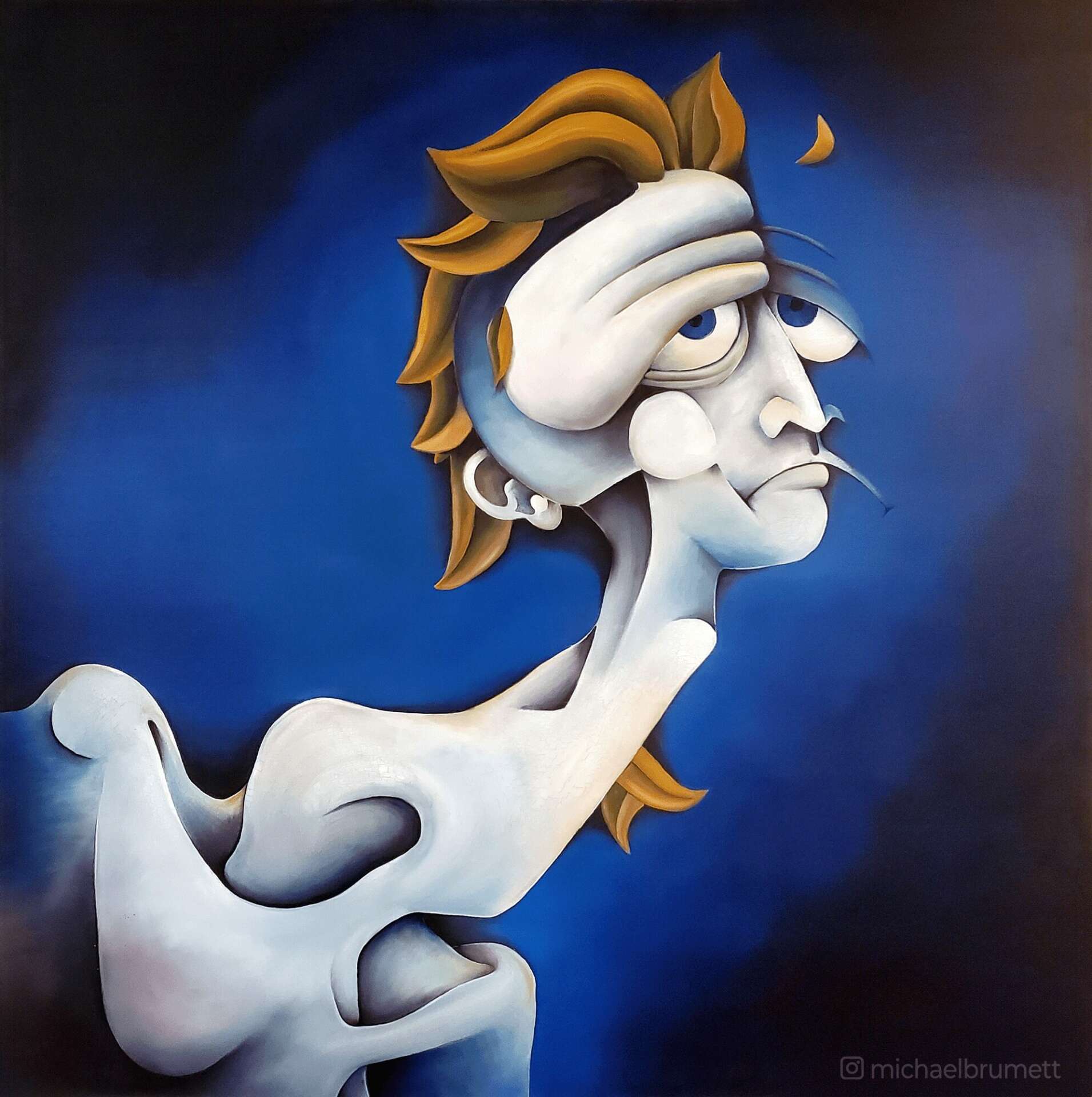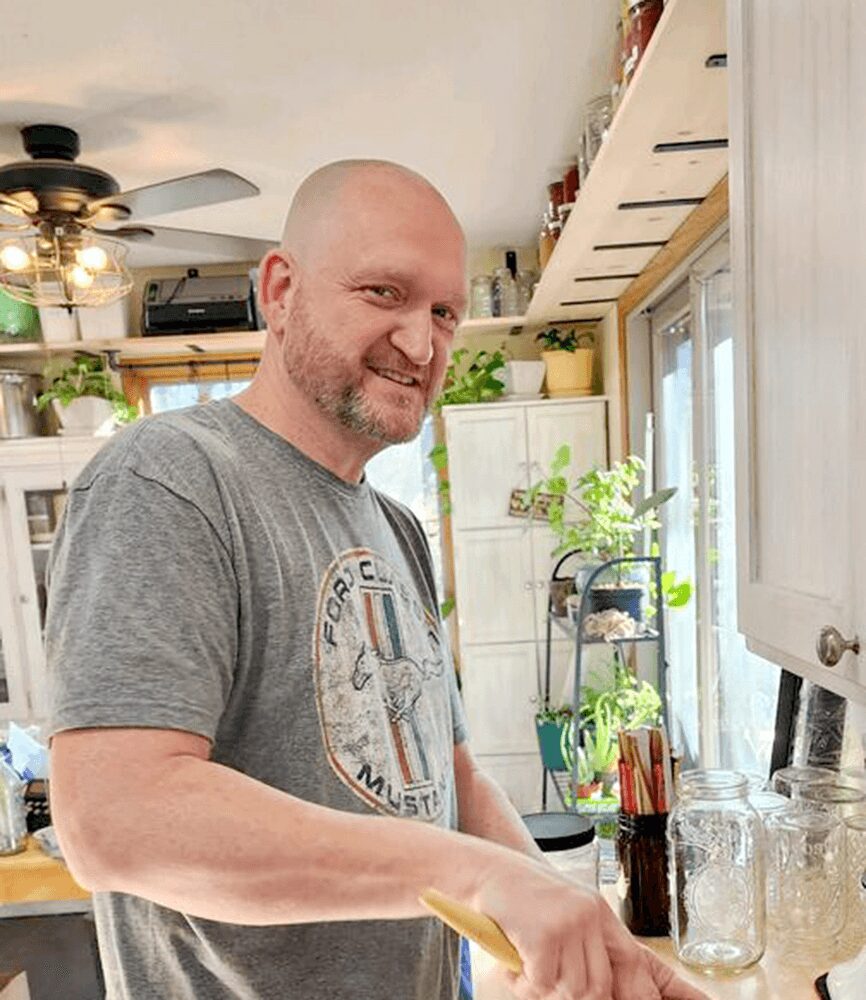Alright – so today we’ve got the honor of introducing you to Michael Brumett. We think you’ll enjoy our conversation, we’ve shared it below.
Hi Michael, thanks for joining us today. We’d love to hear about when you first realized that you wanted to pursue a creative path professionally.
I’ve always created images. From as long as I can remember, I’ve always thought in images, sought out images, and found the best way to express myself was with images. My thoughts and dreams are vivid, full-color, intensely detailed parades of activity. I can’t even remember a name or number unless I visualize it as a 3-dimensional object first. Growing up in small-town, farmland Illinois, I would get polite smiles when people saw what I drew, but they kept asking what I wanted to be when I grew up. Whenever I said that I wanted to create images for a living, my family, friends, and teachers would say that wasn’t realistic and I needed to pick a “real” career. What saved me was two things: Art class in school and the small public library. Those were the only places that gave me hope. I was able to see amazing art pieces and realize that you could create images for a living. From grade-school on, I knew what I wanted to do.
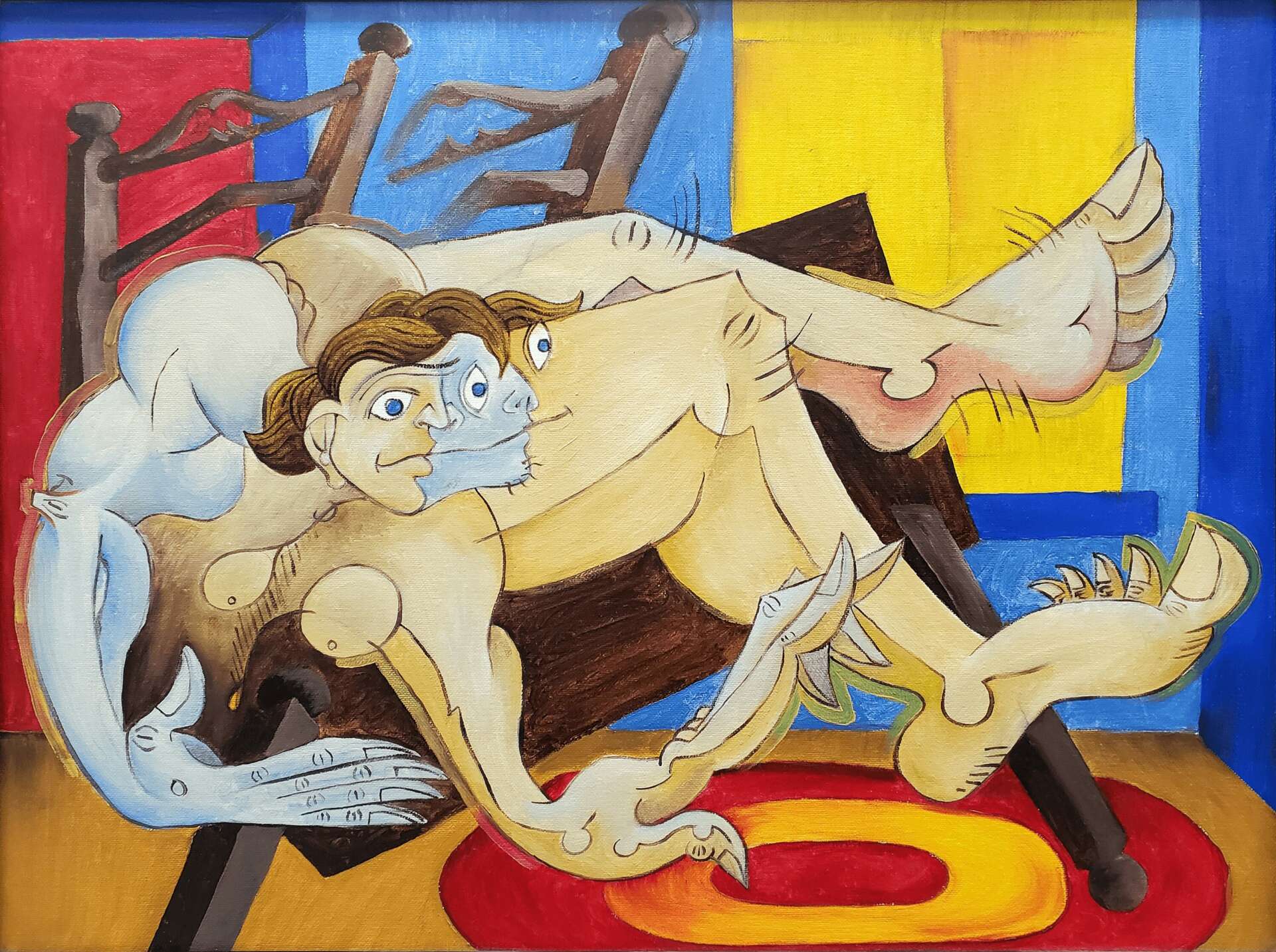
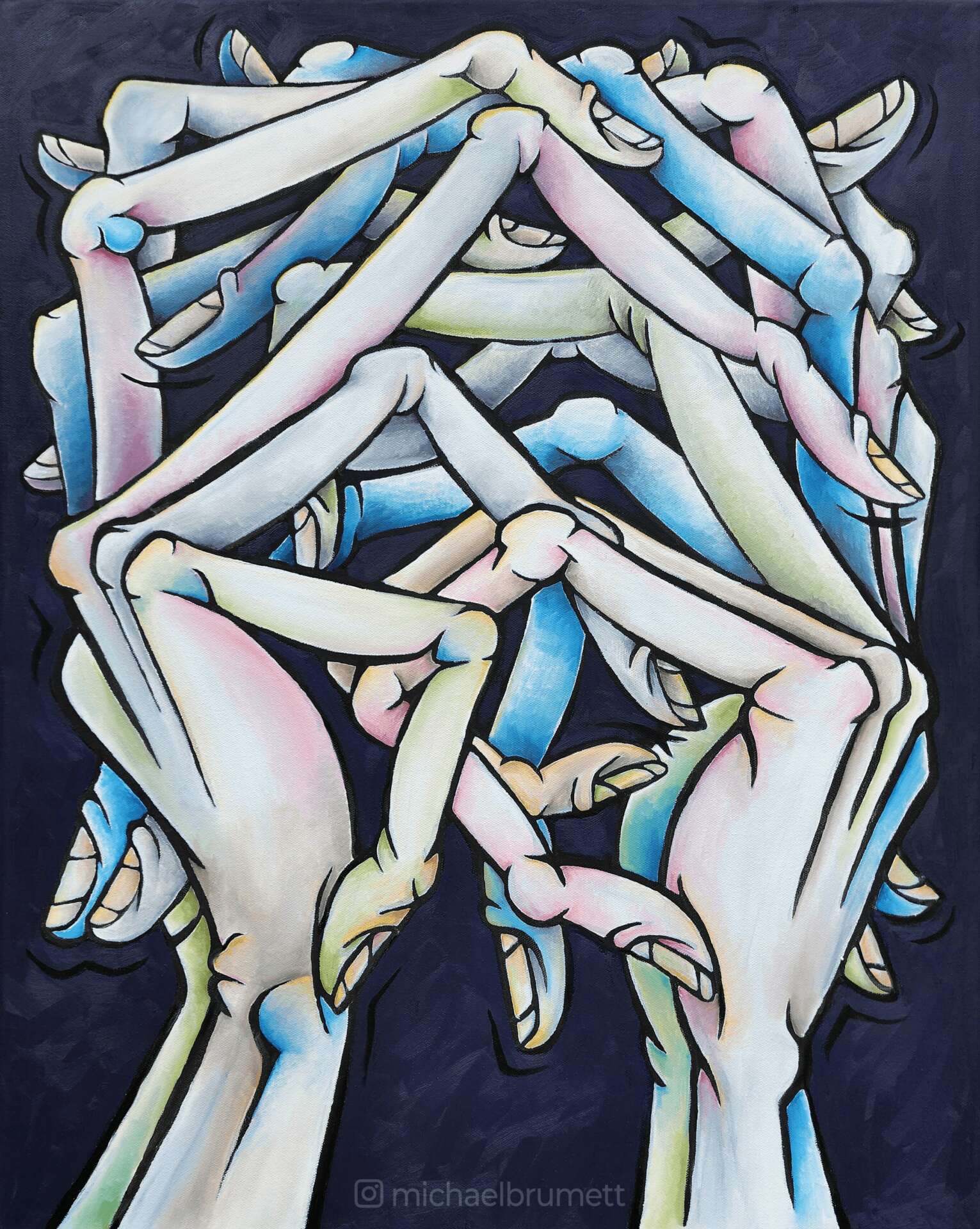
As always, we appreciate you sharing your insights and we’ve got a few more questions for you, but before we get to all of that can you take a minute to introduce yourself and give our readers some of your back background and context?
I started into graphic design as a way to afford the materials I needed to paint and draw. Art was a great way to express myself, but it didn’t always pay the bills. Growing up, when my family or friends asked for a picture I would make ads, landscapes, wildlife scenes, or portraits that they could appreciate. But for me, I would make my own style and could say whatever I needed to without worrying if anyone else understood. For clients, I had to learn how to be the visual voice for their needs and make sure everyone else got it. I picked up the technical skills in college and learned as I went for the occupational skills. I’ve spent the last 20+ years as a graphic designer and creative director. I’ve always tried very hard to not bring any personal bias or emotional ownership to my graphic design work. The client’s needs are what matter most. I can put many hours into something that speaks to my heart, but if no one else gets it, then I missed the mark. To me that separates “art” from “design”.
I don’t know if this will upset anyone, but graphic design is not art. To me “art” is a completely personal expression of feeling or thought created solely to say what matters to me. It’s a way to express something my soul is trying to say, regardless of media used. It’s not made for the purpose of getting likes, making money, gaining fame, or fulfilling a request. I’m a purist in that area. If any motivation for creating something comes from any other source than an internal organic need to create, then I consider it “design”. You can sell a piece of art you’ve made, or show it to the world once it’s created because the origin of the piece is still the same, but to me, if I make something to suit the request of someone else, the motivation for making it isn’t the same as “art”. Art is sacred to me. It saved my life so many times, that I owe it the honor of that passion.
I don’t want this to turn into a sob story, but it is key to why I hold art so high. My childhood was an unpleasant one. I grew up in an abusive home. My parents were divorced shortly after I was born and my mother never remarried because she was mentally/emotionally unstable. She would take her anger, frustration, and confusion out on us kids when she was home. I wasn’t allowed to speak my mind or seek a life outside the house for fear of how she would react. So I turned to the one way I could express myself with any safety. I drew and painted pictures as other kids would write in a journal. I poured my thoughts and feelings into the images I made. It was my therapy. I called it “cubist graffiti” and it let me get out things in a way that was safe. And from that I learned how important it is to be able to express yourself.
The understanding of that difference between giving people what they want versus creating what I want has helped a lot in my graphic design work. I learned to put my need to express behind the clients need to sell a product when required. But when I paint for me, my voice is the one that matters.

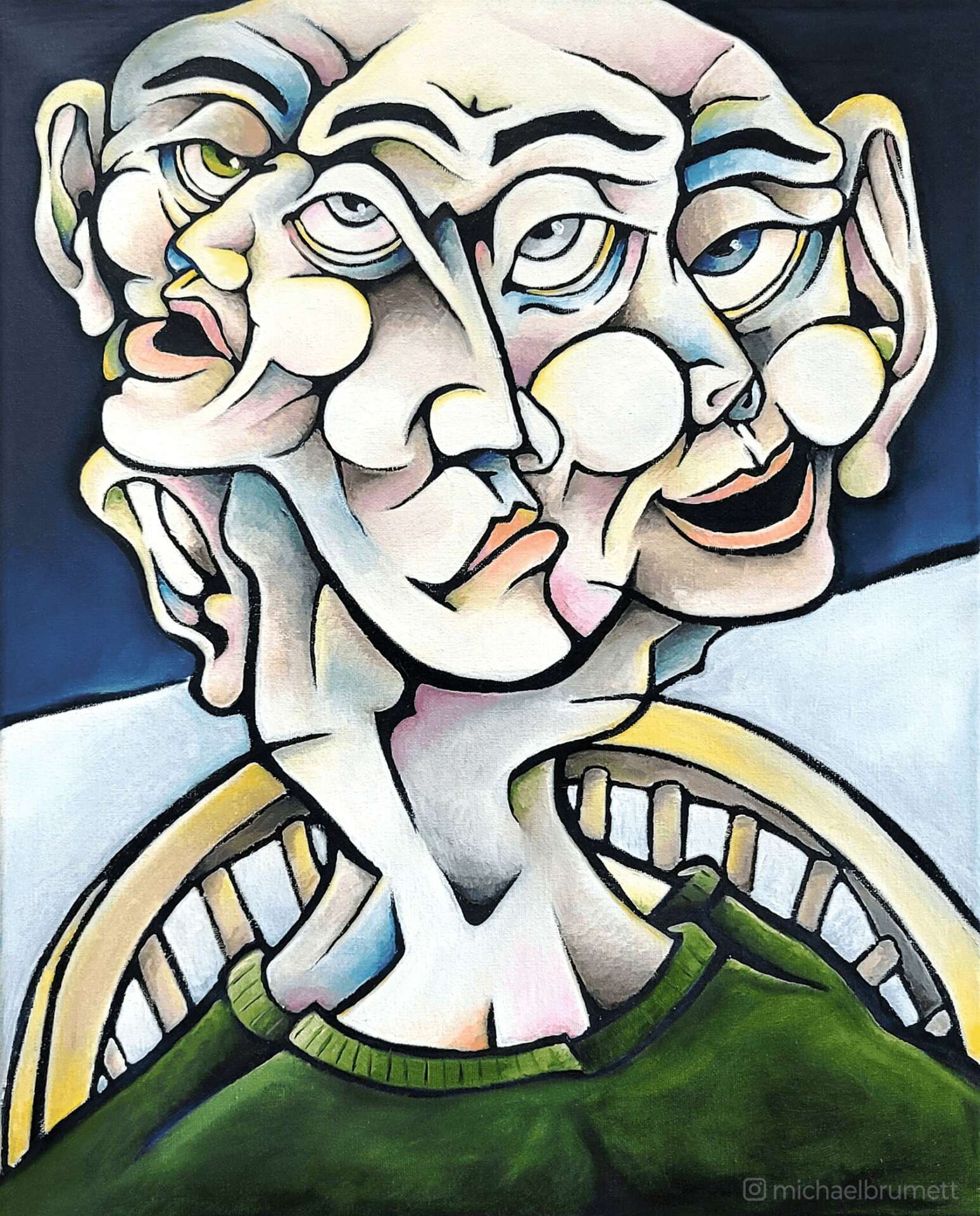
Can you tell us about a time you’ve had to pivot?
Early in my career as a graphic designer I was at a startup company that didn’t make it. I was so frustrated that I had devoted so much time to schooling and skill building, only to have the first real full-time design job fall through that I decided to step away from design for a while. I knew hard physical work from growing up in farmland, so I got a job as a plumber for 2 years to clear my head. I actually enjoyed plumbing. Building the system of pipes and drains was like sculpting. Things had a set order and I loved to see them take shape. In the end when it all worked without leaking, I had a great feeling of satisfaction. That was one thing I was missing from design. A lot of times when I designed an ad or marketing piece, it was sent out, revised, sent out again, revised again, over and over without a real end-point. With plumbing you had a beginning, middle, and end. Very cut and dry. I was still able to paint and draw at home after work, so I kept the creative juices flowing while earning money for supplies and bills. On lunch breaks I would draw in my car whenever possible or think through paintings while my mind was idle.
After a couple years, my previous boss contacted me and said he wanted to start another company. I enjoyed working with him previously, and I had spent enough time clearing my head, so I went back to work as a graphic designer. 20+ years later, I’m still working for that same boss. Sometimes I miss the clarity of plumbing. But I learned things about myself while plumbing that I could take with me into any career.
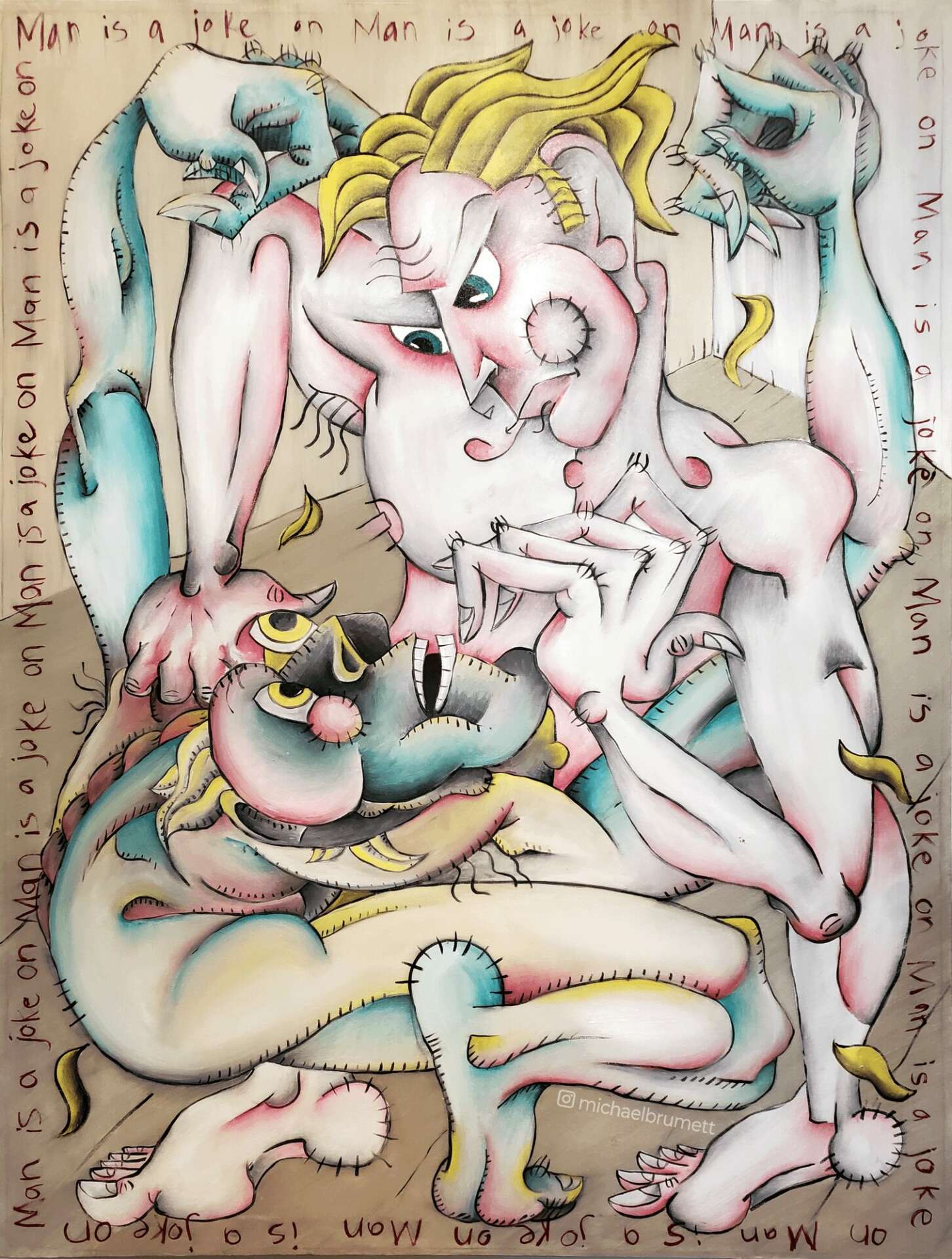

What can society do to ensure an environment that’s helpful to artists and creatives?
Easy one. Avoid basing “good art” solely on how much it’s worth, how marketable the artist is, or how trendy or popular the piece is. I have seen many unknown artists create the most amazing art. I have seen more thought provoking art at the local art fairs than I’ve seen hanging in museums. I wish we had as much ability in this world for people to be creative as we do for people to seek ways to destroy each other. I wish society would throw as much support behind the social media artist “creator” with 5 followers as they do to the social media “influencers” with a million followers who only posts pictures of themselves reacting to what others have created. I would love to see schooling be open to anyone who wants to follow their dream path in life without inherited economic limitations. And, ease up on the censorship. Just because I don’t understand a piece of art doesn’t mean the art is bad. It just means it doesn’t connect with me. Trying to limit or censor art only limits our own ability to experience new things and creates roadblocks to opportunities for growth.
Contact Info:
- Instagram: https://www.instagram.com/michaelbrumett
